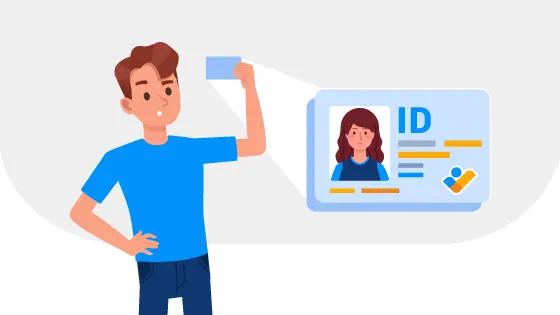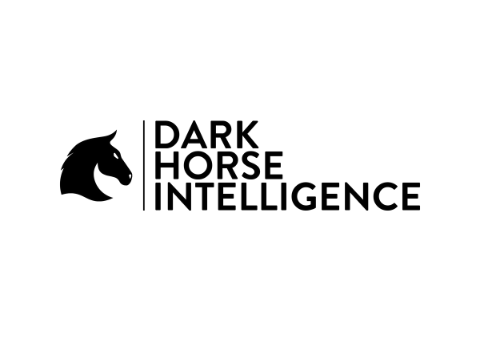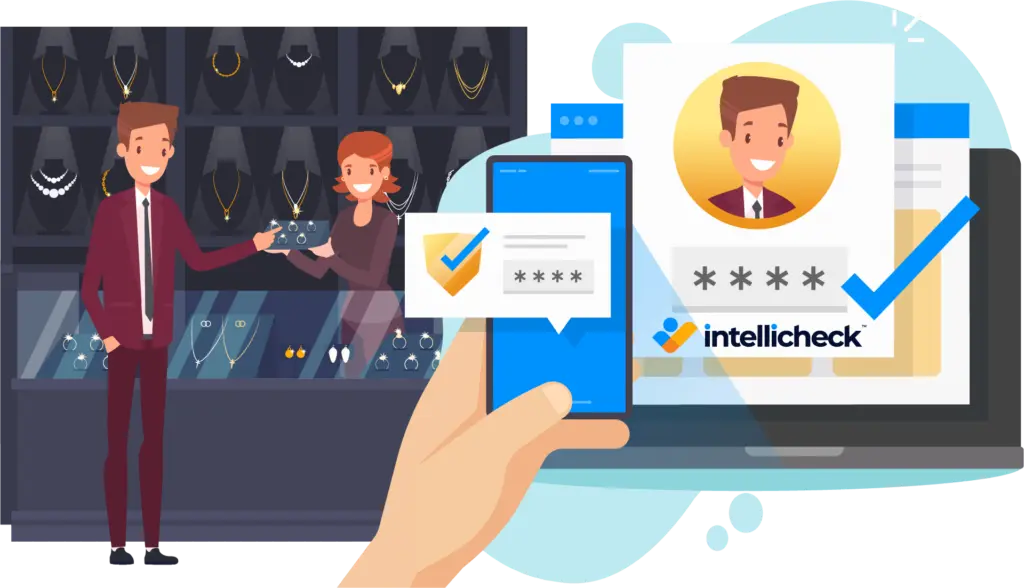

Document validation and verification seem like an ideal solution. It’s the simplest way to quickly onboard the largest number of customers. It can be used by both the large and small companies across industries, including Financial Institutions, E-tailers, Marketplaces, Healthcare, etc.
However, companies using document validation and verification will tell you that the reality is never quite what they expect. Often, the service fails to meet their expectations. Why is that? It turns out the problem of document validation and verification is immensely challenging.
The Problems
Many think that document validation and verification is taking a picture of a document and checking it with a government database. In reality, it’s much more complex.
There is no source of truth
Ideally the information in a document could be referenced against a government database that would verify it. However, no state provides this service as a commercially viable solution. This means it is up to the provider to determine if it is legitimate and if it has been tampered with. This sometimes happens by cross-referencing the information in the ID with publicly available information, but the false-positive rate of these checks are very high as people move, change names, etc.
There are a lot of documents
Using the US as an example, there are 50 states + 16 U.S. Territories. Each state updates their driver’s licenses every few years. Coupled with Passports, Military IDs, National IDs and Visas and you need to be able to validate hundreds of different document types. A Document Validation and Verification service needs to identify the document type and cross-reference it with a database, looking for key things it should have including
- Font size and type
- Information listed and data contained
- Holograms or other special features
There are many ways to review documents
Two of these ways are:
OCR
- OCR or optical character recognition essentially is a visual review on steroids. OCR software takes a look at the front and back of the document, compares it to a template to see if all the elements are present and in the right place, and compares the front and back to see if the information matches.
Barcode Capture/Transaction
- This solution software scans the barcode to extract the information within, and in some cases, validate the security features in the barcode.
Reviewing documents is hard
There’s more data there than most people realize and this data must be analyzed.
- On the front of the document – photos, text
- On the back of the document – barcodes, mag stripes, text, holograms, etc.
- On the MRZ (machine readable zone … mostly passports) code
- The front and the MRZ must be compared, and then compared to the data the client submitted, and you must take into account that people often go by deviations of their name.
Often your system may need to compare information (e.g. what’s on the front of the document may be compared to what is in the barcode), and you’ll need to make sure the information is in the correct place. Typically, OCR Software will simply extract the data encoded in the barcode and present it to the business.
As an example, it may read my FAKE ID and come back with the OCR saying “Joe Sample; 123 Jackal Road, TX, 5 ft 6 in”
However, because this is a fake ID, what matters most is not the extraction of the data, but showing the business that it is real or fake.
So as an example, Intellicheck’s software would read the barcode and alert the business that it is fake, while also extracting the relevant data. Why? Because Intellicheck is the only provider that works with the AAMVA and the license providers to ensure that they know the correct format and security marks for each ID type. This helps ensure that you know that you know whether you can trust it. .
Time
There’s an expectation that the document review process will be near-instantaneous.
Because OCR-based processes are essentially computer driven visual inspections, there are many required steps from comparing the ID to a template, to individually checking the fields against third party databases, to machine learning-based processes to make sense of all the data reviewed. If you add on the uploading of large photos and the possibility for manual review, these processes can range from a few minutes to a few hours or even stretch into the next day.
Barcode based processes are, by nature, much faster because there are fewer steps and no large files to upload.
Different expectations: Different Clients Care About Different Things
Companies that sell high-ticket items or have higher-risks from a bad customer are much less accepting of false negatives. On the other hand, companies that onboard a high-volume of consumers, especially newer companies may not have the staff or workflow to deal with false positives.
Undetermined Documents
This is when the document has gone through and cannot determine if it is authentic. In this case, the challenge here is that unless it’s a blatant forgery you’re relying on manual review which is an extremely imprecise process.
Why is it imprecise? We’re now back to relying on humans to make the decision on whether or not the document and person is real or fake. That’s the whole reason you sought out a solution, in the first place — to remove the human element and human error.
Some Things To Consider When Planning Your Solution
What priorities are your company focused on and why? Here’s a list of items to think about:
- Coverage– What are the states/countries that you need most? Not all providers can service all areas. Intellicheck has worked with retail and government organizations across North America, providing the kind of validation coverage companies can count on as their operations scale.
- Time– How much time can you wait for approval? Do you need immediate decisioning or does your organization have the time to go through exhaustive manual review processes? For businesses that rely on speed at the point of sale, Intellicheck is second to none. The platform delivers subsecond results without sacrificing accuracy. Even companies that can afford to (or need to) carefully pore over identity document details and personal history during the onboarding process stand to benefit from the inclusion of a swift and highly accurate, automated validation step.
- Accuracy– What’s an acceptable failure rate? How many false negatives and false positives can your company tolerate before the risk simply exceeds any potential positives? Setting an acceptable failure rate is a great step to take first in finding an appropriate provider. Intellicheck offers 99.9% accuracy–a high enough figure for law enforcement agencies and major retailers to trust.
- Cost– How price sensitive are you? Do you need to balance cost with accuracy? High costs can be a hindrance, but the long term costs of noncompliance and fraud are often far higher than upfront service prices.
- Suspicious Customers– What can be done about risky or suspicious customers? How much risk are you going to take on? Questionable customers can be caught well before they are able to do any damage to your business with a powerful ID validation system. Intellicheck’s platform can be integrated at any stage of the onboarding and sales process to provide ample security precisely where it is most needed.







